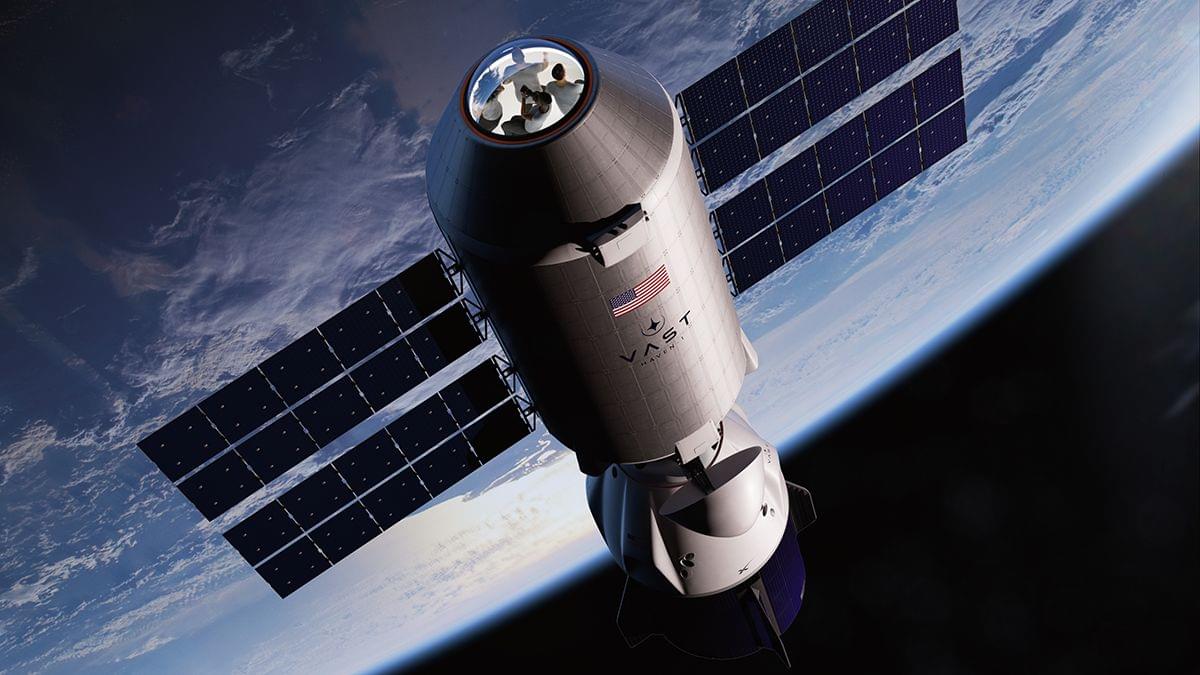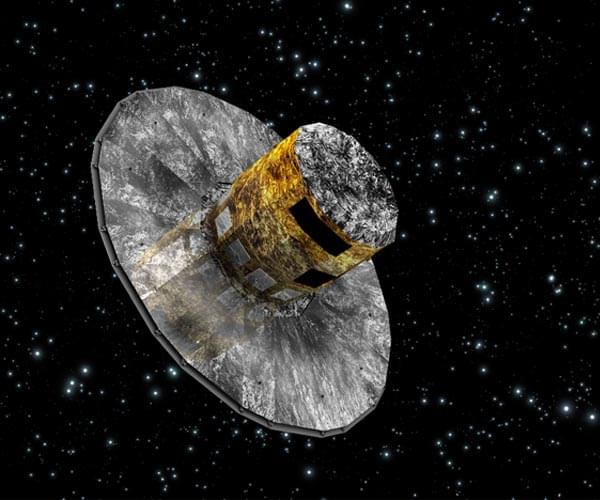When the International Space Station is deorbited, what next? Here are 9 future space stations that will replace the ISS when the time comes.



Imagine an automated delivery vehicle rushing to complete a grocery drop-off while you are hurrying to meet friends for a long-awaited dinner. At a busy intersection, you both arrive at the same time. Do you slow down to give it space as it maneuvers around a corner? Or do you expect it to stop and let you pass, even if normal traffic etiquette suggests it should go first?
“As self-driving technology becomes a reality, these everyday encounters will define how we share the road with intelligent machines,” says Dr. Jurgis Karpus from the Chair of Philosophy of Mind at LMU. He explains that the arrival of fully automated self-driving cars signals a shift from us merely using intelligent machines —like Google Translate or ChatGPT—to actively interacting with them. The key difference? In busy traffic, our interests will not always align with those of the self-driving cars we encounter. We have to interact with them, even if we ourselves are not using them.
In a study published recently in the journal Scientific Reports, researchers from LMU Munich and Waseda University in Tokyo found that people are far more likely to take advantage of cooperative artificial agents than of similarly cooperative fellow humans. “After all, cutting off a robot in traffic doesn’t hurt its feelings,” says Karpus, lead author of the study.
Evidence of alien worlds goes back farther than you think

Why would anyone need this level of wavelength detail in an image? There are many reasons. Car manufacturers want to predict exactly how paint will look under different lighting. Scientists use spectral imaging to identify materials by their unique light signatures. And rendering specialists need it to accurately simulate real-world optical effects like dispersion (rainbows from prisms, for example) and fluorescence.
For instance, past Ars Technica coverage has highlighted how astronomers analyzed spectral emission lines from a gamma-ray burst to identify chemicals in the explosion, how physicists reconstructed original colors in pioneering 19th century photographs, and how multispectral imaging revealed hidden, centuries-old text and annotations on medieval manuscripts like the Voynich Manuscript, sometimes even uncovering the identities of past readers or scribes through faint surface etchings.
The current standard format for storing this kind of data, OpenEXR, wasn’t designed with these massive spectral requirements in mind. Even with built-in lossless compression methods like ZIP, the files remain unwieldy for practical work as these methods struggle with the large number of spectral channels.

The warning came from one of the co-authors of the Space Weather Instrumentation, Measurement, Modelling and Risk (SWIMMR) S6 project group’s Severe space weather impacts on UK critical national infrastructure report, which was funded by the government.
The report said the government, regulators and CNI operators must “develop space weather preparedness plans” for CNI.
Space weather “is caused by disturbances from active regions of the Sun”, the report says.
Explore the fascinating intersection of resistance, permanence, and future technology with renowned OmniFuturist and author Allen Crowley. In this thought-pr…



Well done Gaia & crew. [ https://www.spacedaily.com/reports/Star-mapping_space_telesc…t_999.html](https://www.spacedaily.com/reports/Star-mapping_space_telesc…t_999.html)
After more than a decade mapping out our home galaxy, the Gaia space telescope was powered down and sent into “retirement orbit” around the Sun on Thursday, the European Space Agency said.
Since launching in 2013, the telescope has been charting the positions, motion and properties of nearly two billion stars to create a vast map of the Milky Way, revealing many secrets of the cosmos along the way, the ESA said in a statement.
Gaia uncovered evidence of massive galaxies slamming into each other, identified vast clusters of stars, helped discover new exoplanets and mapped millions of galaxies and blazing galactic monsters called quasars.
Stephen Wolfram is a prominent computer scientist and theoretical physicist, best known for developing Mathematica and authoring A New Kind of Science. Today…